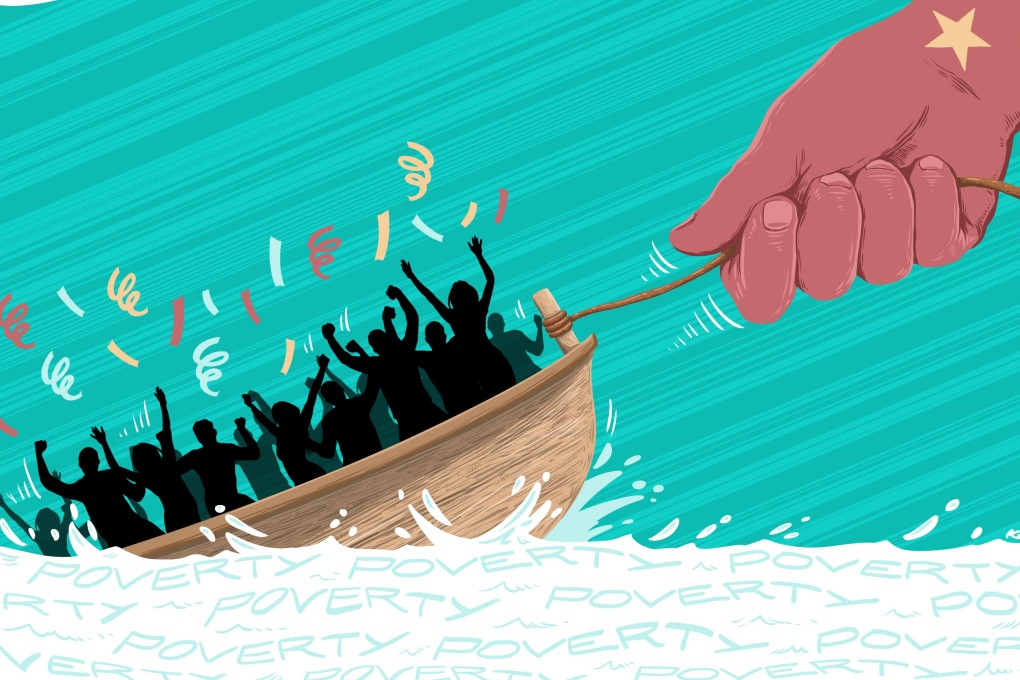China’s subsidies lifting rural villages out of poverty, but is Xi Jinping’s plan sustainable?
- In 2015, President Xi Jinping set a deadline of 2020 to eradicate poverty in China, with 850 million Chinese taken out of extreme poverty in the past 40 years
- One village in Southeastern Jiangxi province has benefited from government help, but it faces an uncertain future without a sustainable source of revenue

Hidden amid the green hills of the southeastern Jiangxi province, Baoshan village is one of the most remote and poorest corners of China. It is cut off from major traffic routes and its limited arable land is barely able to produce enough food to feed the small group of local residents.
Farmhouses have been rebuilt or renovated, with all the roofs redone in the same red wine colour, roads have been broadened and paved, and flushing toilets have been installed in every house. Apart from these visible improvements in village hardware, public services were also enhanced, including the introduction of universal health insurance covering up to 90 per cent of a village resident’s medical bills in local hospitals.
“Poor families have received a lot of subsidies in the past two years,” said Liang Lu, who recently returned to the village after working for two years in Guangdong province, China’s most prosperous urban region. “Even ordinary villagers have seen the village become a lot more beautiful. My mother said that she is now embarrassed to spit on the street.”
Even ordinary villagers have seen the village become a lot more beautiful. My mother said that she is now embarrassed to spit on the street
The village, according to local Communist Party chief Luo Zhaohu, has received around 10 million yuan (US$1.4 million) in government funding since 2017 for a variety of projects and programmes, with the goal of lifting every village household above the poverty line, which was officially defined in 2011 by the government as a per capita net yearly income of 2,300 yuan (US$326) per person. The poverty line has since been adjusted each year for consumer inflation.